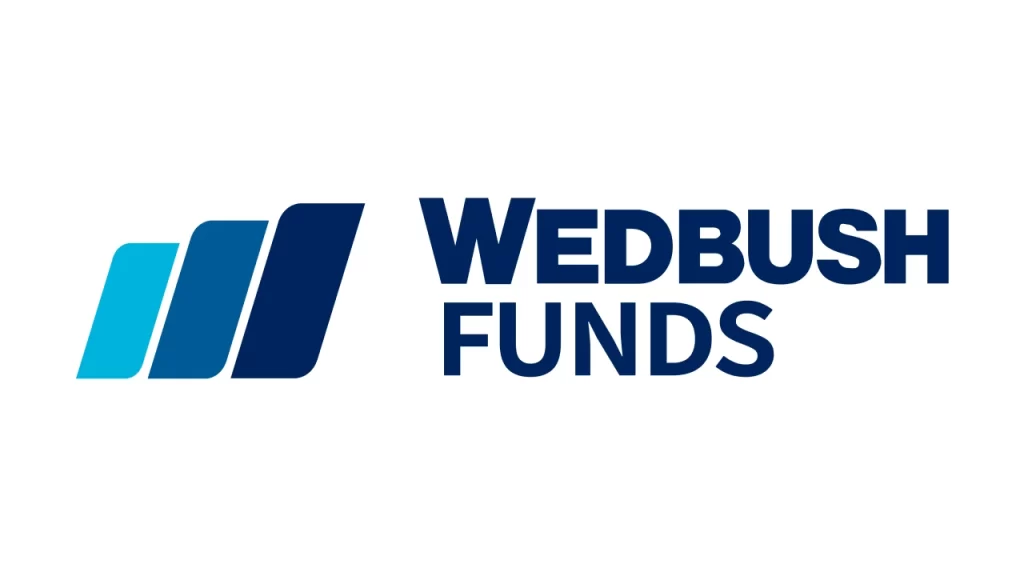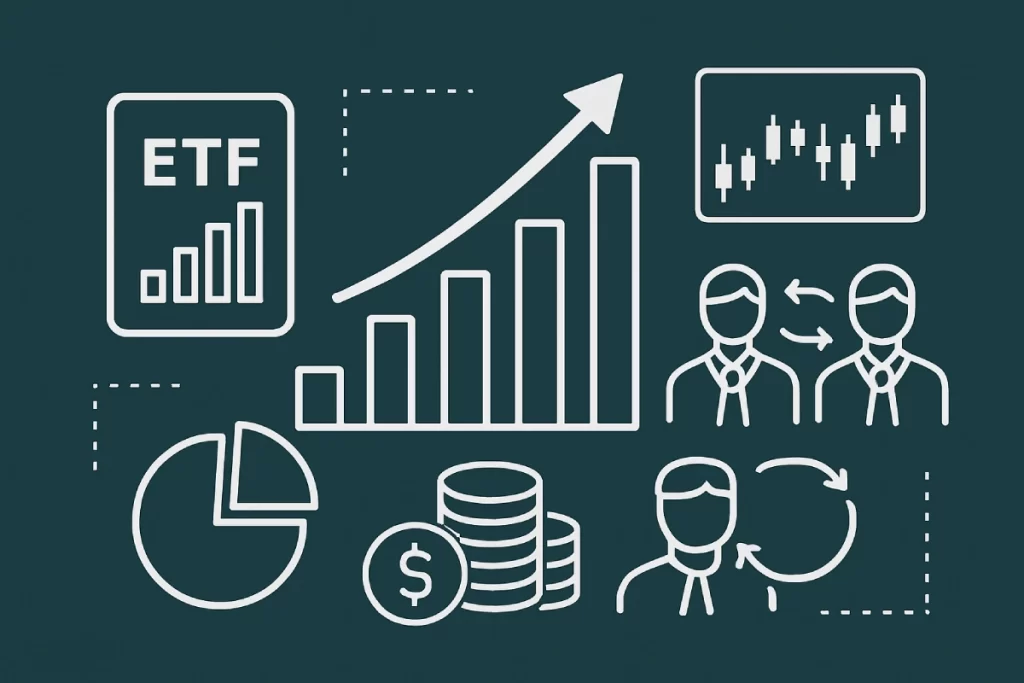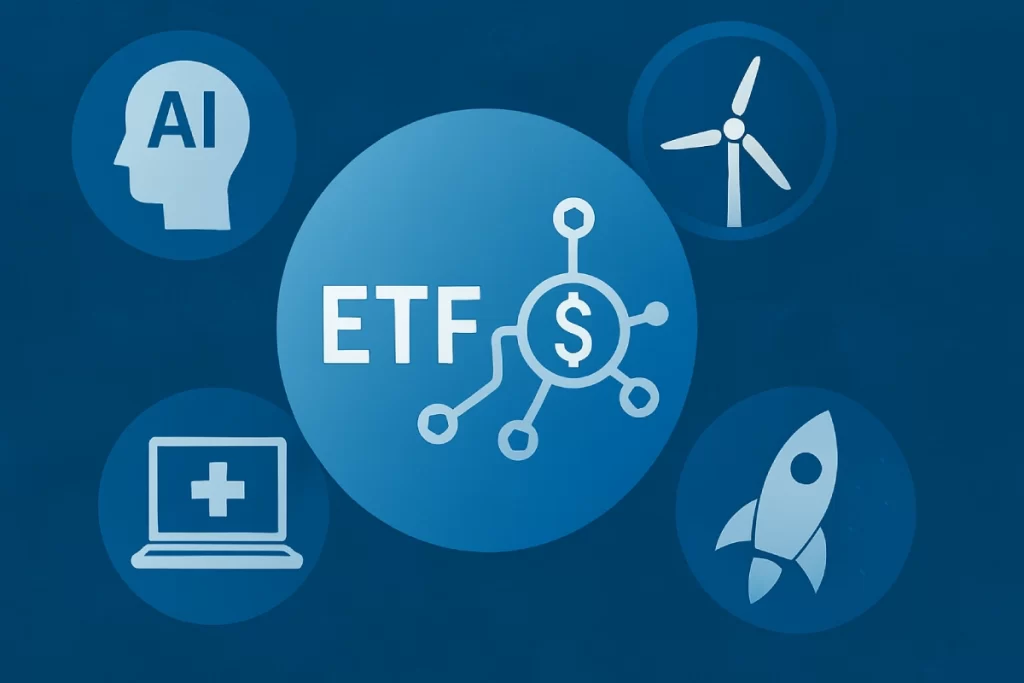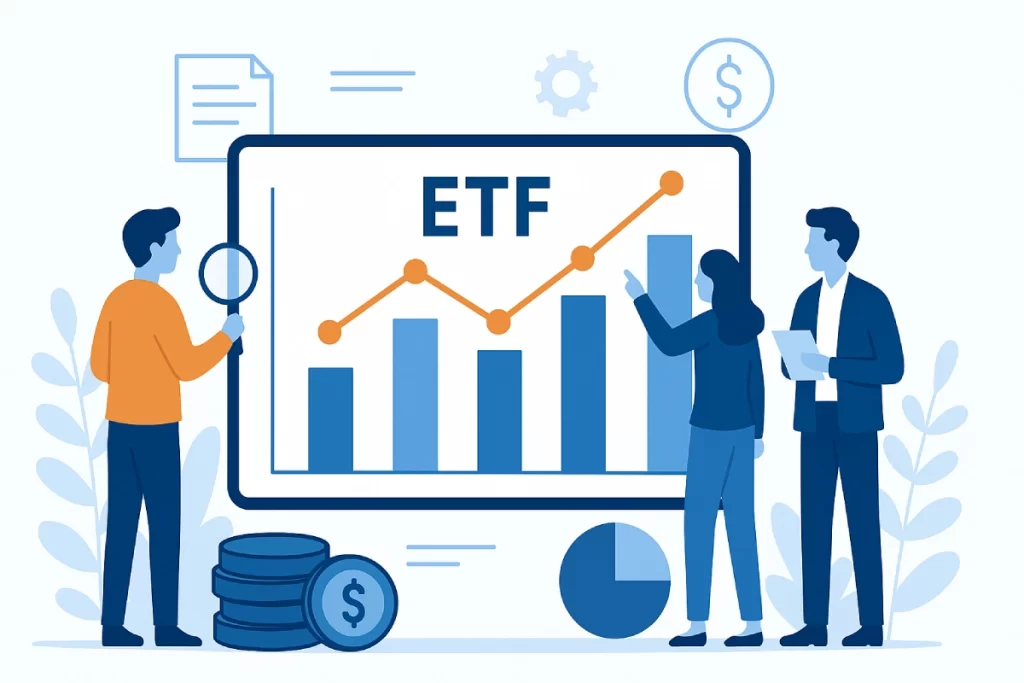Wedbush Fund Advisers’ IVES AI Revolution ETF Surpasses $750 Million AUM

Los Angeles, CA – September 23, 2025 – Wedbush Fund Advisers’ inaugural ETF, the Dan Ives Wedbush AI Revolution ETF (Ticker: IVES), has surpassed $750 million in assets under management (AUM) since its launch in June 2025, demonstrating strong investor demand for targeted exposure to the companies powering the artificial intelligence (“AI”) revolution.
AI: The Fourth Industrial Revolution is Here

This is a once-in-a-generation investment cycle. The AI revolution is unfolding, and Dan Ives’ research is the playbook. For investors, professionals, and technologists alike, Wedbush’s AI Revolution report is a roadmap to the companies shaping this
transformation.
Dan IVES AI Revolution ETF Surpasses $100 Million AUM Within First Trading Week of Wedbush Fund Advisers’ Inaugural Offering

Los Angeles, CA – June 12, 2025 – Wedbush Fund Advisers today announced that the Dan IVES Wedbush AI Revolution ETF (Ticker: IVES) has exceeded $100 million in assets under management (AUM) within its first 5 trading days.
Wedbush Fund Advisers Launches IVES AI Revolution ETF Built on Dan Ives’ Proprietary Research

Los Angeles, CA – June 4, 2025 – Wedbush Fund Advisers has launched the Dan IVES Wedbush AI Revolution ETF (Ticker: IVES). The ETF will provide investors with transparent, cost-effective access to 30 names at the heart of the AI Revolution.
Wedbush Enters the ETF Market

Los Angeles, CA – February 18, 2025 – Wedbush, a Los Angeles-based financial services firm with global reach, and a legacy of innovation and client-focused investment solutions, introduces Wedbush Fund Advisers and announces its entry into the rapidly growing exchange-traded fund (ETF) market.
What is an ETF-and Why They’ve Become Core Portfolio Building Blocks

In the evolving landscape of investment products, few innovations have reshaped portfolio construction as meaningfully as the Exchange-Traded-Fund (ETF). Once considered a passive alternative to mutual funds, ETFs have become foundational instruments for institutions and individual investors alike—offering broad access, liquidity, and cost efficiency.
Thematic ETFs Today

In an investment landscape shaped by rapid technological change and evolving consumer behavior, many investors are seeking to position their portfolios to benefit from the trends shaping the future.
How to Evaluate an ETF Before You Invest

In a market saturated with thousands of exchange-traded-funds (ETFs)—each offering varying exposures, structures, and costs—thoughtful due diligence is essential. For allocators, advisors, and direct investors alike, evaluating an ETF is about far more than past performance. It’s about understanding the mechanics, risks, and alignment with portfolio objectives.
